The ancient mariners of the reptile world have long baffled scientists with their extraordinary navigational feats. Sea turtles, after decades of roaming vast ocean basins, return with pinpoint accuracy to their natal beaches to reproduce. This phenomenon, known as natal homing, represents one of nature's most exquisite examples of biological navigation. Recent research suggests these creatures may be reading Earth's magnetic fields like sailors of old read stars - but with far greater precision.
For years, biologists speculated about the mechanisms behind sea turtles' remarkable homing ability. The prevailing theory now points to an internal "magnetic map" imprinted during their early life stages. Hatchlings emerging from sandy nests appear to record the unique magnetic signature of their birthplace, creating a lifelong reference point. This coastal magnetic memory then guides them back through thousands of miles of open ocean when maturity calls them to continue their lineage.
The geomagnetic imprinting process begins during turtles' vulnerable hatchling stage. As they scramble from nest to surf, their developing neurological systems appear to capture subtle variations in Earth's magnetic field - intensity, inclination angle, and polarity. These parameters form a three-dimensional coordinate system unique to every stretch of coastline. Like saving a location in biological GPS, the turtles lock in these magnetic coordinates during this critical period.
Ocean currents scatter young turtles across entire ocean basins where they spend their developmental years, a period called the "lost years" because tracking them proved nearly impossible until recent technological advances. Floating with ocean gyres, feeding on jellyfish and other drifters, the juveniles grow while their internal navigation system matures. All the while, their magnetic memory lies dormant but not forgotten.
Magnetic navigation isn't exclusive to sea turtles, but their precision sets them apart. Salmon and some bird species use similar mechanisms, yet turtles demonstrate uncanny accuracy after absences spanning twenty years or more. Researchers discovered this through tagging studies showing turtles returning to beaches within kilometers - sometimes mere meters - of their original nesting sites, despite ocean currents, storms, and continental drift altering magnetic conditions over decades.
The Earth's magnetic field provides a remarkably stable navigation cue, though it undergoes gradual shifts. Turtles appear to compensate for these changes through complex neural processing we're just beginning to understand. Their brains likely compare current magnetic readings against their imprinted memory, making adjustments for temporal variations. This biological algorithm remains superior to human-made navigation systems in many respects, especially considering it operates without satellites or external energy sources.
Threats to this ancient navigation system are emerging alongside human technological advancement. Coastal development alters magnetic signatures through large-scale metal structures and subterranean cables. Some studies suggest offshore wind farms and submarine pipelines might create magnetic interference confusing to marine navigators. Conservationists now consider geomagnetic pollution as a potential factor in disoriented turtle strandings and nesting site abandonment.
Climate change introduces additional complications. Rising sea levels and increased storm activity alter coastal topography, potentially changing local magnetic signatures. Beach erosion removes the very nesting sites turtles imprint upon, while ocean acidification may affect magnetite crystals in their brains - the hypothesized "compass needles" of their navigation system. These cumulative impacts could disrupt homing behaviors perfected over millions of years of evolution.
Researchers employ ingenious methods to study magnetic navigation. Laboratory hatchlings exposed to artificial magnetic fields corresponding to distant beaches will, upon release, swim in directions that would theoretically lead them to those locations. Satellite tags on wild turtles reveal course corrections when they encounter magnetic signatures matching their natal coasts. Such studies confirm turtles don't simply follow scent trails or visual cues, but rely fundamentally on magnetic information.
The implications extend beyond marine biology. Understanding biological magnetic sensing could revolutionize human navigation technology, particularly for environments where GPS fails - underwater, underground, or in deep space. Biomedical engineers study turtle magnetoreception for potential applications in targeted drug delivery using magnetic nanoparticles. Each discovery about these ancient navigators seems to open new technological frontiers.
Protecting sea turtles' navigational abilities requires preserving both their nesting beaches and the planet's magnetic environment. Conservation strategies now include magnetic mapping of critical nesting sites and minimizing metallic infrastructure near these areas. Some projects experiment with magnetic "signposts" to guide turtles away from dangerous urban coastlines toward protected beaches. These efforts recognize that saving sea turtles means safeguarding not just their bodies, but their extraordinary connection to Earth's invisible forces.
As research continues, each answered question reveals deeper mysteries. How exactly do neurons encode magnetic information? Why do some turtle populations show better navigational accuracy than others? Can disrupted magnetic imprinting be corrected? The turtles, carrying their silent magnetic maps through the planet's oceans, remind us how much remains to be discovered about nature's navigation systems - and how profoundly living creatures are connected to the physical forces shaping our world.
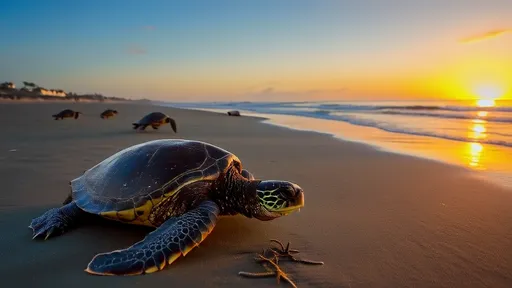
By /Jul 7, 2025
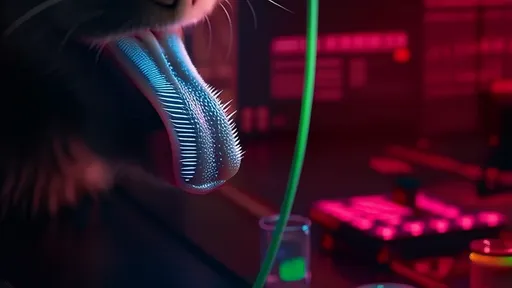
By /Jul 7, 2025

By /Jul 7, 2025
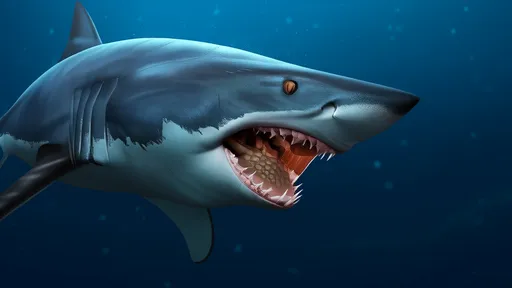
By /Jul 7, 2025
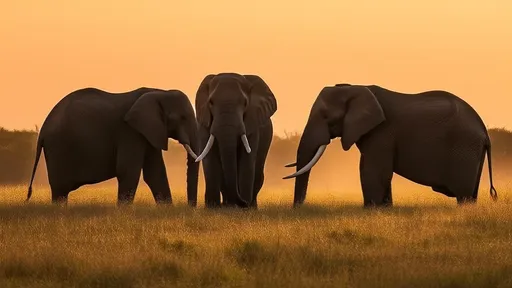
By /Jul 7, 2025
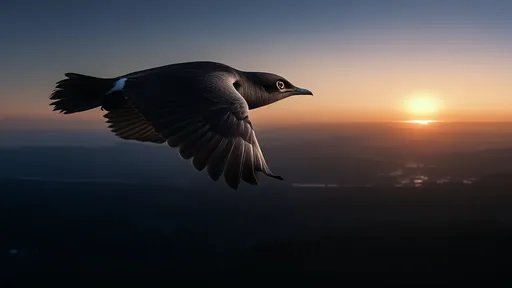
By /Jul 7, 2025
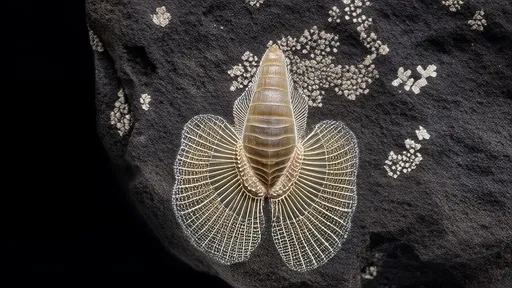
By /Jul 7, 2025
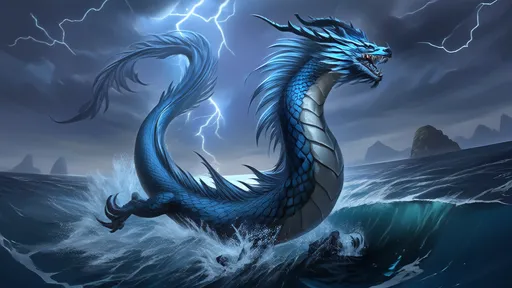
By /Jul 7, 2025
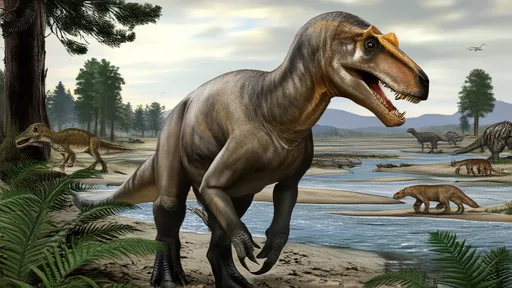
By /Jul 7, 2025
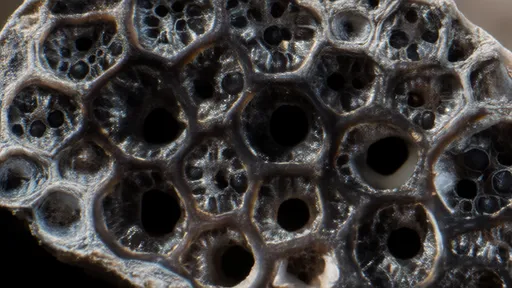
By /Jul 7, 2025

By /Jul 7, 2025

By /Jul 7, 2025
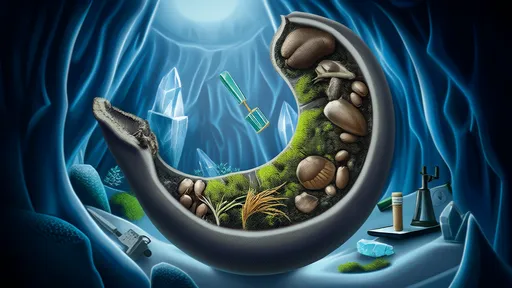
By /Jul 7, 2025
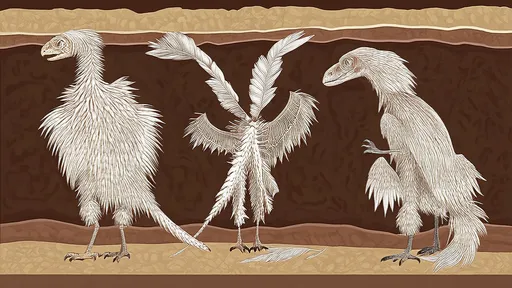
By /Jul 7, 2025
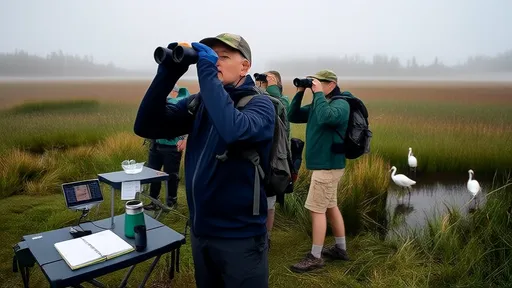
By /Jul 7, 2025

By /Jul 7, 2025

By /Jul 7, 2025

By /Jul 7, 2025